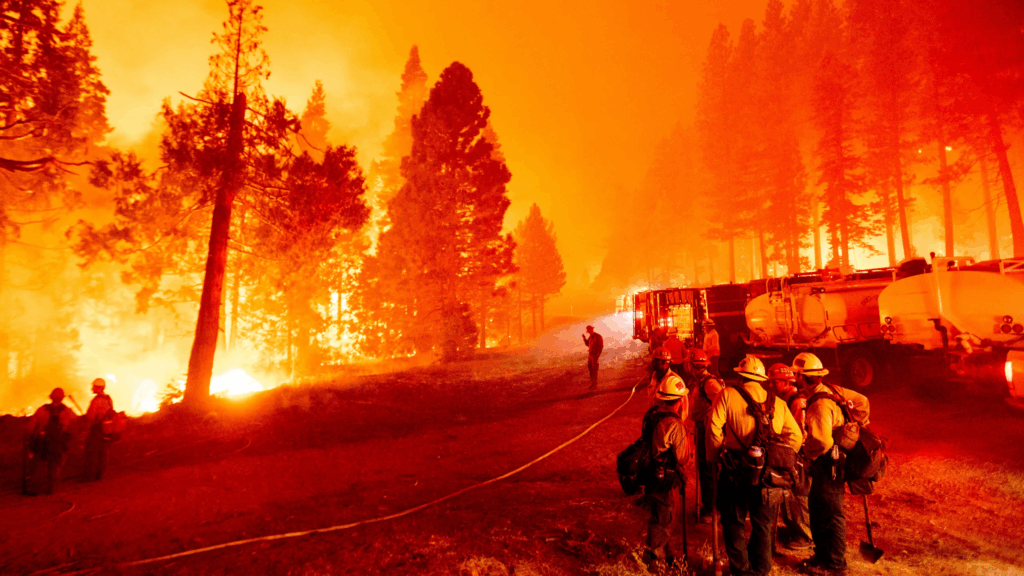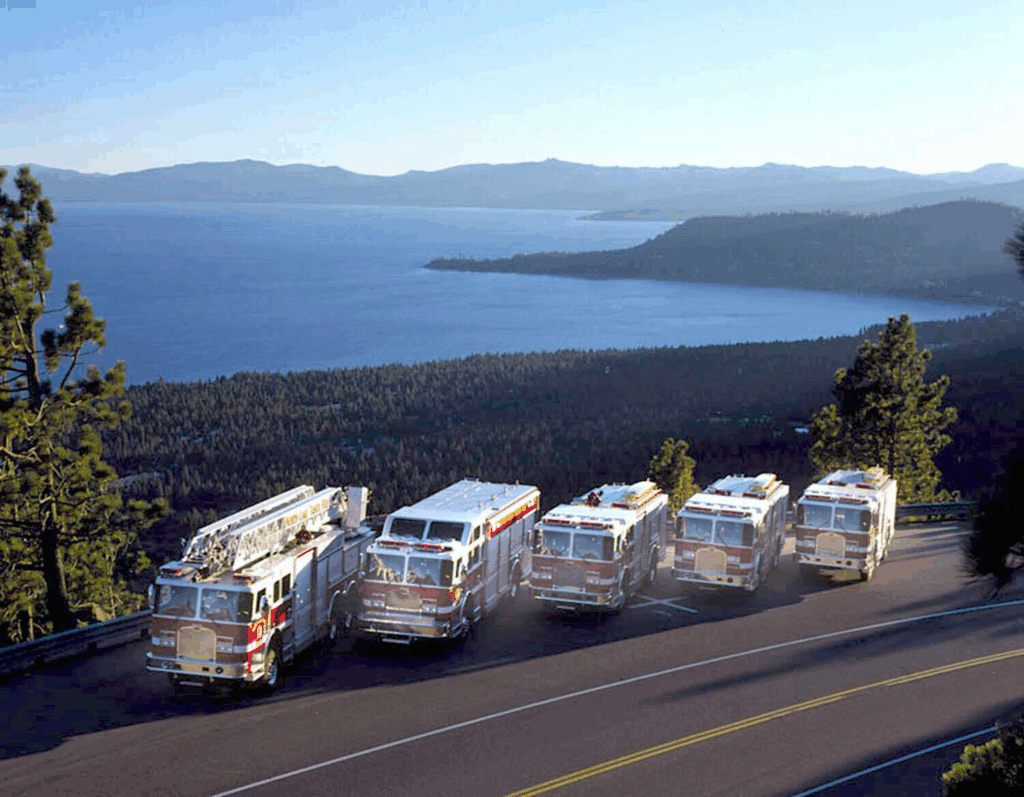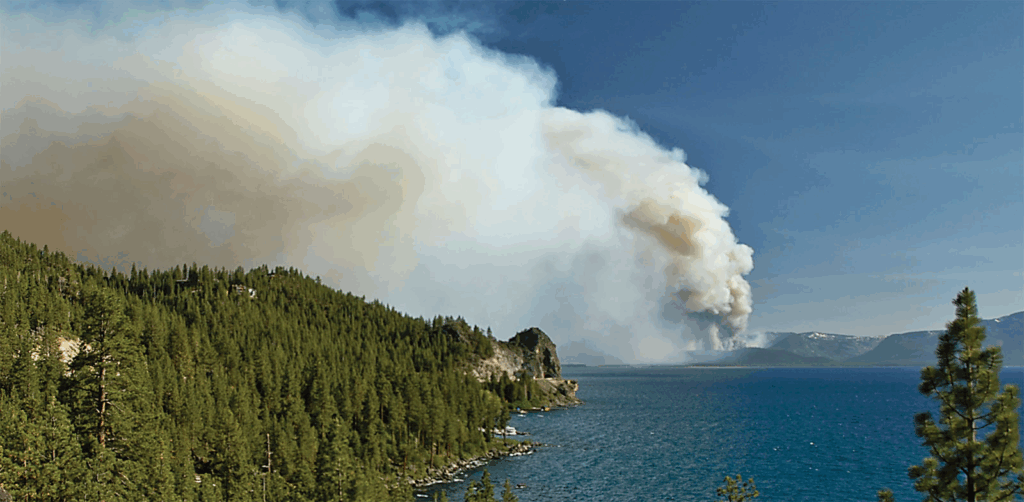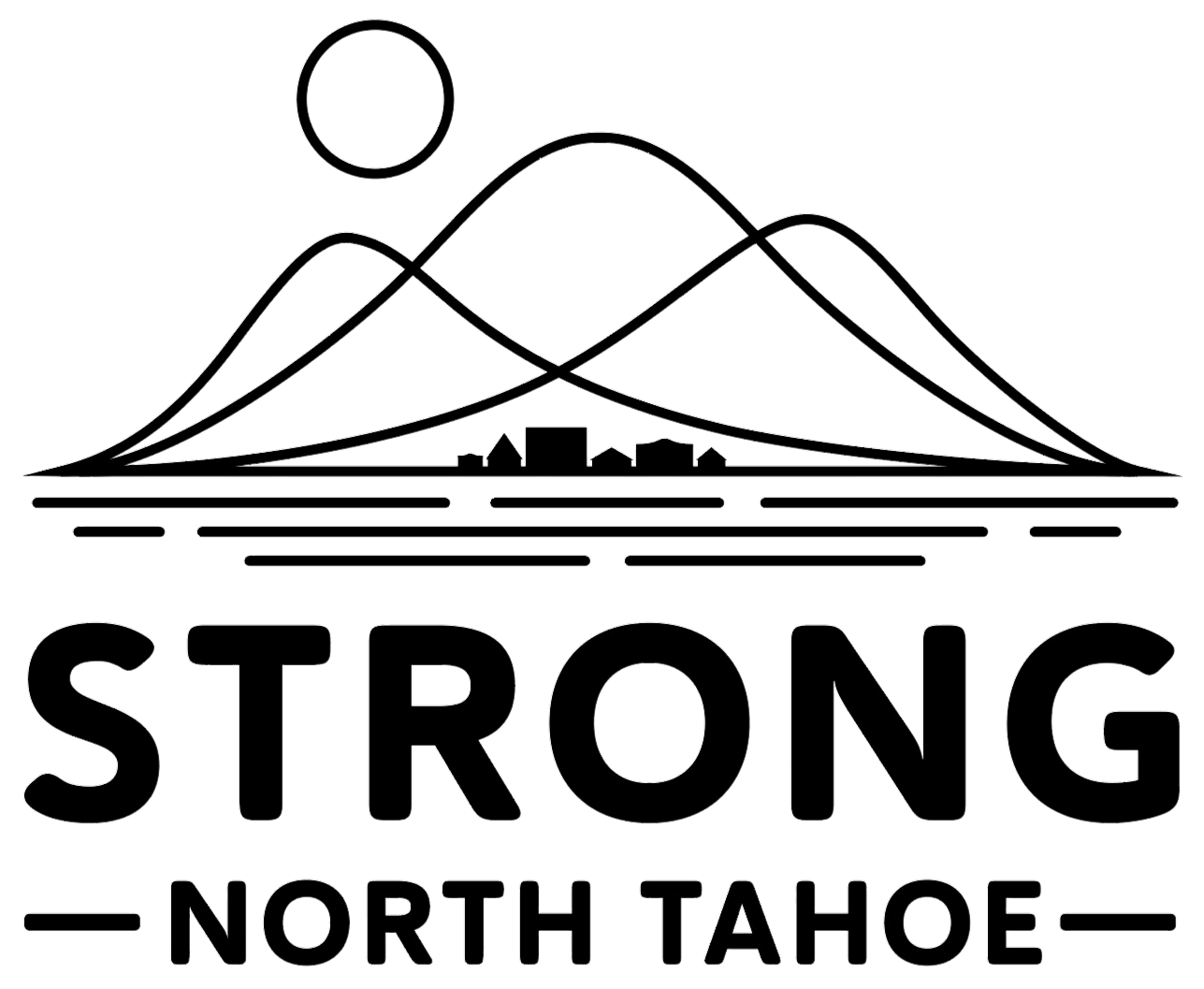
At Strong North Tahoe, we believe in planning that reflects the wisdom of the people who live here. Whether it’s wildfire evacuation, housing, or infrastructure, our strength comes from the ground up—from neighbors sharing concerns, proposing solutions, and holding public processes accountable to community needs.
As wildfire risks grow across California, residents of North Lake Tahoe are asking urgent questions about how ready we are to evacuate in a crisis. From Kings Beach and Tahoe Vista to Olympic Valley, Homewood, and Tahoe City, our region shares two key challenges: limited evacuation routes and a growing number of visitors during peak seasons.
On Tuesday, June 17 Placer County Supervisor Cindy Gustafson is bringing the community together for a public Evacuation and Emergency Preparedness Town Hall and Open House in Kings Beach. This is an important opportunity to hear from emergency agencies, learn about planning efforts, and raise questions about what’s working—and what still needs clarity.
🗓 Town Hall & Open House Details
🗓 Date: Tuesday, June 17, 2025
🕒 Time: 6:00–8:00 p.m.
📍 Location: North Tahoe Event Center, 8318 N Lake Blvd, Kings Beach
🗜️ Zoom Link: Join Online
📞 Dial-in: 877-853-5247 or 888-788-0099 (Toll-Free)
🔗 Event Page »
Panelists include:
- CAL FIRE / Placer County Fire Department
- Placer County Sheriff’s Office
- Placer County Office of Emergency Services (OES)
They’ll share updates on local evacuation planning, regional coordination, and what each of us can do to stay prepared and help others do the same.
🌲 Let’s Step Back: What Are We Up Against?
Our roads—SR 89 and SR 267—are lifelines, yet they’re also chokepoints. On a busy weekend, they crawl. In an evacuation, every minute matters. So how ready are we, really?
Placer County and its partners have outlined long-term road and transit upgrades. But how much of that planning has been tested in the real world? Strong Towns encourages small-scale pilots before big investments. As locals, we know where backups happen and what small fixes might help—our observations and voices are essential.
🕰️ What’s Changed Since the 2024 Preparedness Town Hall
- SR 267 Phase 3 (Kings Beach): Previously under review, now officially removed.
- Evacuation Role of Placer County Corridor Projects: Previously framed as evacuation-related; now clarified as congestion relief, not emergency planning.
- Community Concerns: Equity issues raised in 2024 have grown sharper—lakefront communities still face delayed or missing solutions.

🚧 What’s Planned for SR 89/267 Corridor Projects —and Who’s Left Out?
Placer County’s Strategic Implementation and Phasing Plan outlines over $100 million in upgrades:
🛣️ What’s Funded
- SR 267 Phases 1 & 2: $54M — Roundabouts, signal upgrades, and bus enhancements
- SR 89 (Truckee to Olympic Valley): $36M — Intersection and corridor improvements
⚠️ What’s Missing
- SR 89 (Olympic Valley to Tahoe City): $25–30M — No funding secured yet
- SR 267 Phase 3 (Kings Beach): Removed entirely, with no interim fixes on the table
📅 When Will It Happen?
- SR 267: ~2036
- SR 89 to Olympic Valley: ~2039
- SR 89 to Tahoe City: ~2041
📍 Explore Placer County’s SR89 and SR267 Corridor Management
🔗 Review the Placer County RESORT TRIANGLE TRANSPORTATION PLAN
📌 What to Know from the April 1, 2025 Briefing on these Corridor Projects
At the April 1 Board of Supervisors briefing, officials confirmed these are not officially evacuation projects—but they may ease congestion during emergencies. Still, no interim traffic relief plans have been proposed—leaving Kings Beach and many other areas of North Lake Tahoe with few near-term options.
📉 Infrastructure Challenges Raised
- SR 267 Phase 3: Removed. Kings Beach remains a major choke point with no short-term solutions. According to the RTTP Final Plan, this removal reflected strong community feedback prioritizing pedestrian access, downtown vitality, and traffic calming—concerns that conflicted with highway expansion in the area.
- SR 89 to Tahoe City: Still unfunded and not expected until the 2040s.
- I-80 Dependencies: Evacuation routes rely on Interstate 80, which itself is vulnerable during fire events.
⚖️ Equity Concerns
Supervisor Cindy Gustafson noted: “It’s notable that some of these improvements are headed toward our biggest resorts, and yet communities right on the lake, with the same—or even greater—evacuation challenges, aren’t seeing the same attention.”
🗺️ Lake Tahoe Regional Evacuation Plan (LTR-EP)
At the April 1 briefing, officials emphasized this zone-based evacuation framework—updated in 2023—as a way to align local agencies and stagger departures to prevent gridlock.
📌 Who Does What?
- Placer OES: Public alerts and preparedness
- CHP/Sheriff: Traffic control and evacuation
- Alerts: Geo-targeted, multilingual, and expanding outreach to STR guests
- STR Hosts: Should post clear signage and guest instructions
View the agenda » | 🎥 Watch the April 1 Board of Supervisors Briefing »

❓ Questions to Consider Before the Town Hall
Whether you’re a resident, seasonal worker, STR host, or business owner, these questions help us bring grounded insights:
🔦 Everyday, Local Questions
- What’s my evacuation zone, and which route—SR 89 or 267—makes sense for me?
- What happens if both routes are jammed?
- Are shelters available nearby for pets, disabled residents, and those without cars?
- How do STR (short-term rental) hosts prep guests who don’t know the area?
- Are alerts reaching non-English speakers and visitors?
📋 Project-Specific Questions
- Why was Kings Beach cut from SR 267 upgrades—and is any temporary relief planned?
- What safety tools (cones, reversible lanes, traffic officers) are on the table now—not in 2036?
- Do evacuation models reflect STR density, weekend visitors, and actual travel behavior?
- Who’s really in charge during an emergency—and how do local groups help?
- What if roads are blocked—are refuge areas and shelters prepared?
💡 Grounded Ideas from the Ground Up
This Town Hall isn’t just for listening—it’s an invitation to help shape what’s next. At Strong North Tahoe, we believe the most resilient solutions come from people who live here, observe the gaps, and take small steps that add up.
Whether it’s easing congestion, helping visitors stay safe, or making sure no neighbor gets left behind, our strength lies in practical, tested ideas grounded in local experience. Let’s bring forward what we’ve seen work, for example:
🚦 Traffic Flow Fixes
Simple measures—like cones, reversible lanes, or adjusted signal timing—could help ease bottlenecks before major projects are complete.
📍 Neighborhood Readiness
Neighbors organizing carpools, wellness check-ins, or designating a block captain can make a big difference in an emergency.
🧭 Visitor Preparedness
Multilingual flyers, evacuation maps, and STR checklists can help guests stay calm and safe—even if cell service goes down.
📻 Backup Communication
Visual signage, community radio stations, and known siren systems offer redundancy when tech fails.
These ideas don’t require big budgets or perfect plans. They just need willing people, shared knowledge, and steady support. The best ideas often begin with a single observation—and grow stronger with every neighbor who joins in.
✅ Get Ready—and Involved
📚 Explore More: Wildfire Readiness Resources
📚 Explore More: 2025 Tahoe Basin CWPP
The 2025 Tahoe Basin Community Wildfire Protection Plan offers valuable insight into evacuation risks and readiness in North Tahoe. It emphasizes collaboration, fuels reduction, and neighborhood-level preparedness.
🔗 View the full CWPP »
🔗 North Tahoe CWPP Details »
Real readiness is built one step at a time. And every step adds up:
🗺️ Know your zone: Placer Evacuation Map
📲 Sign up for alerts: TahoeAlerts.org
🎒 Prep a go-bag and routes 📄 Review the Wildfire Evacuation Checklist
🗣️ Attend the Town Hall June 17
🤝 Final Thought
A safer and strong North Tahoe depends on us—on what we notice, how we act, and what we ask for. Let’s use this Town Hall to learn, connect, and help shape a community-centered approach to wildfire evacuation.
We don’t need to wait for perfect plans—we just need to start from where we are, together.


Leave a Reply